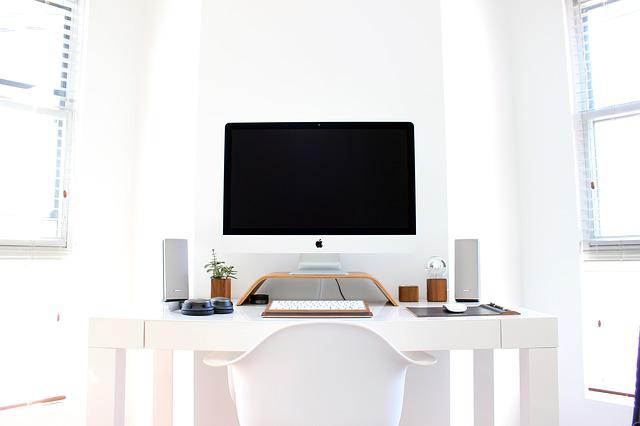In the United States, around 1 million adults 40 and older are blind, 12 million are visually impaired, and 93 million are at high risk for profound vision loss.
Meanwhile, computers have quickly become common, even essential, in almost every area of life. However, computers are typically a visual technology, dependent on the ability to see the computer screen and read text. As a result, computing for the visually impaired may seem like a contradiction to sighted people. Still, advances in adaptive technology have made computer use possible for more blind and visually impaired users than ever.
An accessible computer for the blind can be a powerful tool for the independence of blind and visually impaired people. Accessible technology allows blind and visually impaired people to keep up with current events, do online banking and stock trading, shop for products online, and keep in touch with co-workers, family, and friends.
Read on to learn what you need to know about computers for the visually impaired.
How Do Blind People Use Computers?
Blind or visually impaired people typically use assistive technology. Assistive technology for the blind is any hardware or software that helps blind and visually impaired people access computers, phones, tablets, and other technology that traditionally relies on sight. Assistive technology can be simple, like screen magnification, or high-tech, like a refreshable braille display.
Specific types of assistive technology for blind people include:
Screen Readers
Screen readers are software that translates text on the screen to speech or braille. You can control screen readers for the blind by using keyboard commands. This software can read specific words, parts of a text, entire web pages, or describe where the cursor is on the screen.
Refreshable Braille Display
Refreshable braille displays allow braille readers to refresh web content just like sighted readers do. Refreshable braille displays electronically raise and lower pins. The display shows up to 80 braille characters at a time and changes as the user scrolls or uses a cursor. This allows the refreshable display to function as a braille computer screen.
Refreshable braille displays can be expensive — from $3,500 to around $15,000 — but are valuable for deaf and blind users who can’t hear text-to-speech screen readers.
You can combine braille displays with screen readers and use both simultaneously. Using both can help the user understand the layout of the text and navigate information that you can’t easily comprehend by hearing it read aloud, such as tables and charts.
Screen Magnification Systems
Screen magnification systems are software for the visually impaired that magnify text and images on a computer, phone, or tablet screen. Magnification usually follows the cursor, allowing users to magnify the screen area they need to see clearly.
Some screen magnification systems will also enable the user to invert colors or use high-contrast color schemes, improving the readability of text for many visually impaired users.
How Do I Find Computers for Blind Users?
Almost any computer can be made accessible for blind people with accessibility software or hardware. While many assistive technologies are free or low-cost — for example, simple speech-to-text applications come pre-installed on many devices — some assistive technology is cost-prohibitive for many people.
Resources to help blind and visually impaired people access technology include:
Computers for the Blind
Founded in 1995, Computers for the Blind is a non-profit organization that helps provide computers, accessibility software, and technology training to blind and visually impaired people. Computers for the Blind refurbishes donated computers, provides pre-installed accessibility software, and sells them to visually impaired people at a meager cost, typically $200 or less per computer.
NV Access
NV Access is a non-profit founded in 2006 that developed a free, open-source screen reader, NonVisual Desktop Access (NVDA). NVDA supports translation of more than 50 languages, as well as many popular applications for windows-based computing.
What’s the Best Computer for the Visually Impaired?
While there’s no such thing as the best computer for every visually impaired or blind person, you’ll want to ensure that the computer and assistive technology you choose can meet your technological needs.
Some questions to ask include:
- Does this hardware or software address my specific needs?
- Is this tool easy to use?
- Is there training available for this product?
- Is this tool compatible with the technologies I already use and enjoy?
In general, desktop computers have faster processing speeds, larger displays, and better quality speakers than laptops and tablets. Tablets and laptops are portable and lightweight but may need additional hardware (such as headphones to clearly facilitate text-to-speech screen readers or a larger monitor for using your laptop at home) to address all of your needs.
If you’re unsure what computer or assistive technology is right for you, consider asking for a referral to an assistive technology specialist through your work, school, or medical care provider. An assistive technology specialist is a professional trained in using and selecting assistive tools. They can interview you about your needs and help you to choose the right products for your situation.
Source: https://www.webmd.com/eye-health/what-to-know-computers-visually-impaired
